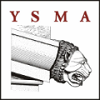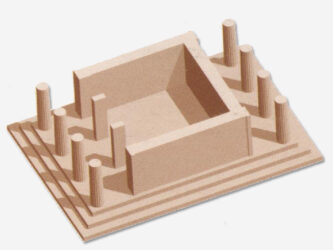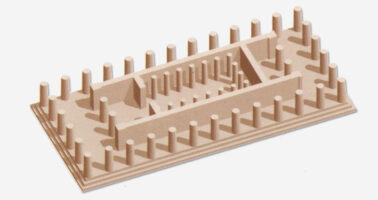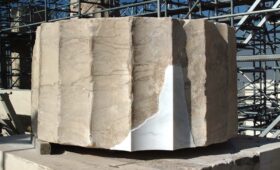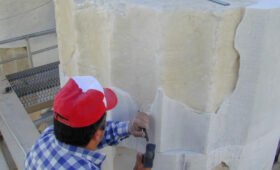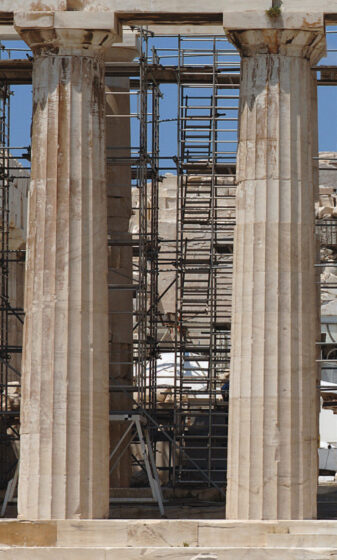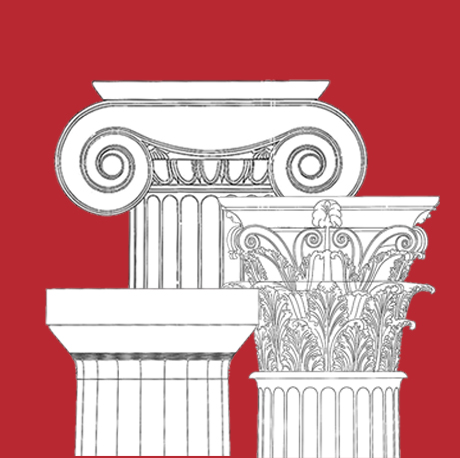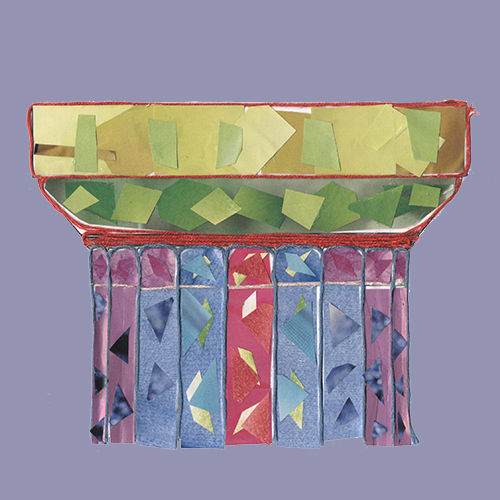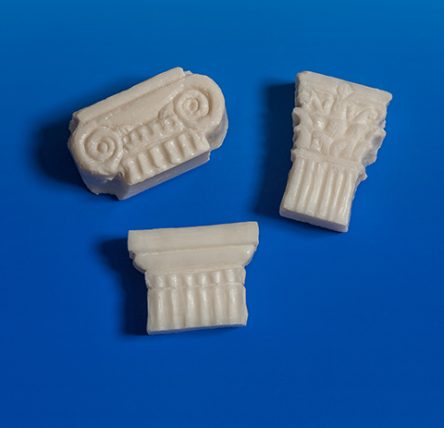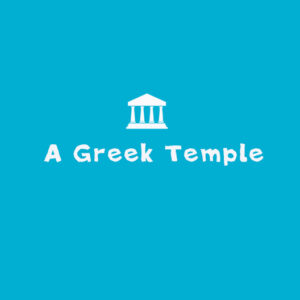Columns and walls used to form the body of a Greek temple and were the part on which the roof rested. Large buildings in ancient Greece used to have many columns around and outside the walls of the main room (the “cella – where the precious and impressive statue of the god or goddess was situated). Large temples often had columns in their interior as well. The columns of the temples were initially made of wood, later on though they were made of different types of stone. Marble was the most impressive material of all!
Over the years, the columns not only supported the roof but also gave a special form to the temple depending on the three orders (styles) to which they belonged.
An order? Yes indeed! Greek temples belonged to an… order! (architectural one of course)
The architectural orders of the Greek temples are three:
Doric
Ionic
Corinthian
We can understand the order to which an ancient building belongs by observing the form of the external columns as well as the form of the upper part that stands above them, called “the entablature”.
Columns consist of the base, the main body and of the capital on the highest part. The columns main body is not usually plain and smooth but carved with vertical flutes.
What do the three column types differ in?
In their base: The Doric order columns have no distinct base. On the contrary, the Ionic and the Corinthian order columns have a sculpted base.
In the column flutes: The Ionic and the Corinthian order columns have a greater number of vertical flutes than the Doric.
In the column capital: The form of the capital in each order is different, either relatively plain or more decorated and composite.
Slide the bar to explore the parts different capital types.
Looking at the column capital is the best way to find out the order to which the columns of a temple belong!
The Doric order capital consists of a square slab (the “abacus”) on its upper part and of another one of lightly curved form (the “echinus”) below.
The Ionic order capital also has an “abacus” on its upper part and an “echinus” on its lower part. In between there is a characteristic pair of sculpted volutes.
The Corinthian order capital also has an “abacus”, just below it there is the main part named “calathus” (=basket) consisting of a basketlike form with sculpted acanthus leaves and small volutes.
Slide the bar to explore the parts of the Doric capital.
Slide the bar to explore the parts of the Ionic capital.
Slide the bar to explore the parts of the Corinthian capital.
You can easily now recognize a plain, severe and robust Doric building from a more elegant and richly decorated Ionic or Corinthian one!
Two are the orders that you may see at the Acropolis monuments: The Doric and the Ionic ones!
Is it made of one or more pieces?
The body of the columns is made of more than one piece, named “drums” (or “spondyloi”). Sometimes the column body may consist of one unique piece of stone, like the columns of the Athena Nike Temple.
Nowadays, during the restoration works that take place at the Acropolis monuments, the ancient and damaged columns are usually completed with drums made of new marble. Today, special machinery is used to cut the flutes on these drums. The final fluting, however, is achieved by hand. The cutting of the flutes on the new supplements of the Parthenon columns is a very characteristic example of this procedure.
